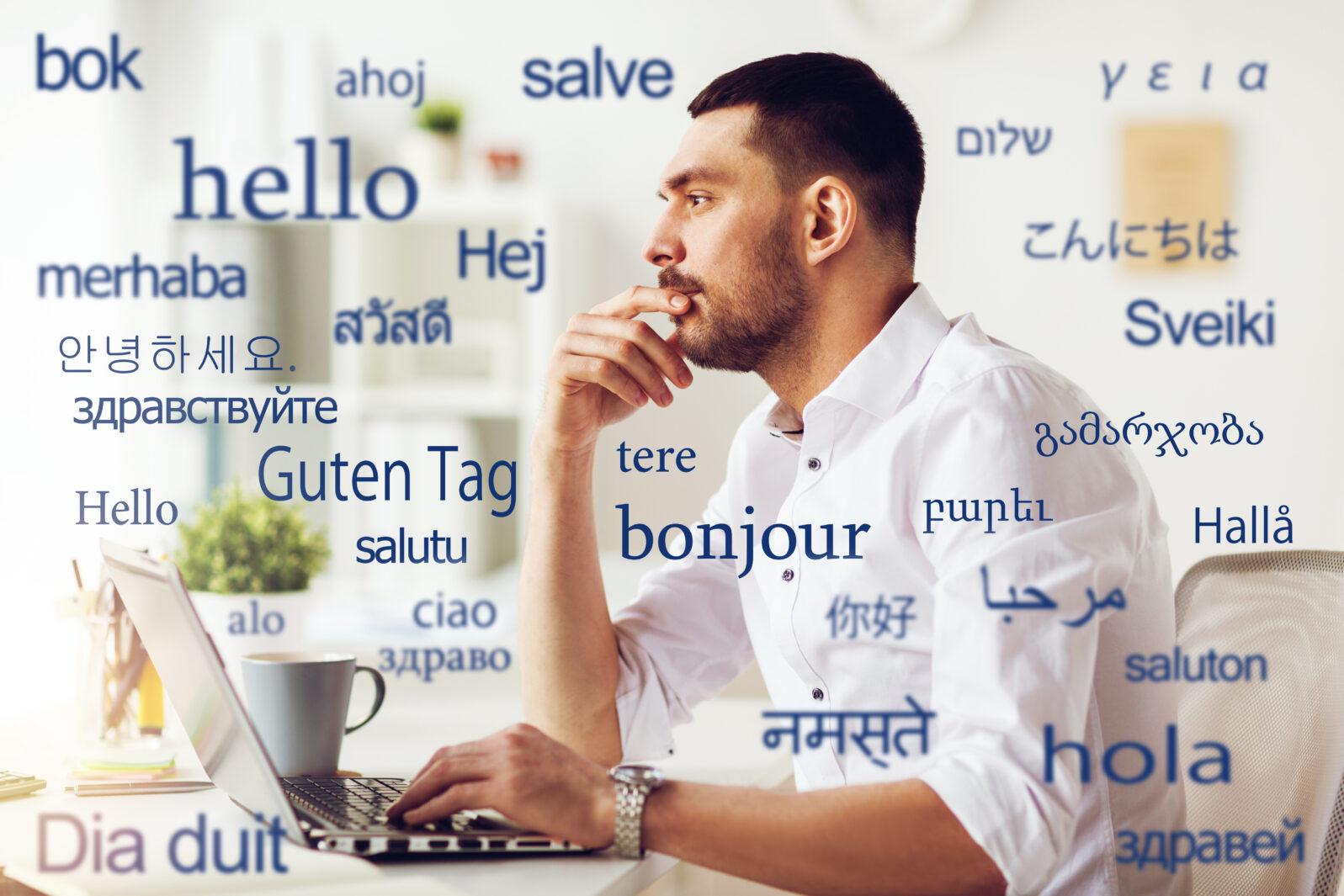Some Questions and Answers About Language From Recent Research
The hardest language, the best way to learn a language, and peering into the shadowy origin of language
Can there be such a thing as “the hardest language to learn”?
At ZME Science, science writer Tibi Puiu dives into the question, starting with the assumption that the learner is an English speaker:
After 70 years of experience teaching languages to American diplomats, the U.S. Foreign Service has grouped foreign languages into four categories of difficulty. The easiest language group requires 575-600 hours of study (23-24 weeks of classroom study) for students to achieve sufficient competence to be posted overseas, whereas the hardest group requires at least 2,200 hours of study (88 weeks of full-time classroom study) to achieve the same level of proficiency. In other words, some languages can be 3-4 times harder to master than others.
Tibi Puiu, “What is the hardest language to learn?” at ZME Science (December 22, 2022)
Hard languages for English speakers to learn would include Arabic, Cantonese, Mandarin, Japanese, and Korean, which don’t have much in common with English. They can say the same things but quite differently. Easy languages, no surprise here, would be French, Spanish, Italian, etc., which have many features in common with English. Of course, it works the same in reverse. It’s much easier for a Cantonese speaker to learn Mandarin than to learn English.
Is there a best way to learn a new language?
Leeds University historian John Gallagher, who studies language learning, says no: Tailor it to your own aspirations and needs. He also offers some practical advice about resources:
We’re living in a golden age for free and easy-to-access language-learning content. Lexilogos is an essential website with links to courses, dictionaries and resources in more than 100 languages: there, you’ll find links to everything from the free MP3 course in modern Icelandic, designed by a colleague of mine at the University of Leeds, to materials on learning Gujarati from the University of Pennsylvania or this beginners’ Yoruba course made by the University of Georgia. My own Norwegian learning started with the professionally designed and totally free Norwegian on the Web course run by the Norwegian University of Science and Technology. If this all seems a bit much and you could use more help structuring your learning and building good language-learning habits, the Open University offers a free course full of expert advice on how to learn a language, which is a perfect starting point for any new language learner.
John Gallagher, “How to learn a language (and stick at it)” at Psyche (March 10, 2021)
How did human language originate?
There’s no simple answer. For one thing, all human groups have languages and all the ones we know of are already complex. A popular thesis among cognitive scientists has been that language began with hand gestures. Kensy Cooperrider raises a problem with that hypothesis:
Even if we were able to establish some version of a gesture-first proposal as not merely plausible but likely, there would be many more layers to contend with. We would also want to understand how we came by our abilities to read other minds, to sequence and combine ideas, to conceptualise abstractions such as ‘tomorrow’ and ‘truth’. We would need to explain, not merely whether we first conveyed meaning by hand or by mouth, but why we felt an itch to mean anything at all. It is this multilayered complexity that makes the evolution of language the ‘hardest problem in science’ – and also one of the most tantalising.
Kensy Cooperrider, “Hand to mouth” at Aeon (July 24, 2020)
Some languages, of course, are obviously descended from earlier ones, the way Spanish, French, and Portuguese are descended from Latin. Some researchers try to go further back into the history of language in order to reconstruct major branches of the tree:
The diversity of human languages can be likened to branches on a tree. If you’re reading this in English, you’re on a branch that traces back to a common ancestor with Scots, which traces back to a more distant ancestor that split off into German and Dutch. Moving further in, there’s the European branch that gave rise to Germanic; Celtic; Albanian; the Slavic languages; the Romance languages like Italian and Spanish; Armenian; Baltic; and Hellenic Greek. Before this branch, and some 5,000 years into human history, there’s Indo-European — a major proto-language that split into the European branch on one side, and on the other, the Indo-Iranian ancestor of modern Persian, Nepali, Bengali, Hindi, and many more.
News, “Researchers reconstruct major branches in the tree of language” at Santa Fe Institute (September 21, 2021)
But can we go back further than that?:
“The deeper you want to go back in time, the less you can rely on classic methods of language comparison to find meaningful correlates,” says co-author George Starostin, an SFI external professor based at the Higher School of Economics in Moscow. He explains that one of the major challenges when comparing across languages is distinguishing between words that have similar sounds and meanings because they might descend from a common ancestor, from those that are similar because their cultures borrowed terms from each other in the more recent past.
“We have to get to the deepest layer of language to identify its ancestry because the outer layers, they are contaminated. They get easily corrupted by replacements and borrowings,” he says.
News, “Researchers reconstruct major branches in the tree of language” at Santa Fe Institute (September 21, 2021) This paper is open access.
That said, some research has confirmed a “positive relationship” between Turkic, Mongolic, Tungusic, and Japanese — the Eurasian Altaic language group, whose proto-language dates back eight thousand years. Going back much further would require methods that have not yet been discovered.
You may also wish to read: How human language is, and isn’t, like a computer program. A key difference is that a language cannot be downloaded into the brain, like a program. It must be painstakingly acquired. We actually have no idea how human language originates; in that respect, it is on a par with the human consciousness from which it springs.
